When itemizing quality measures across numerous Alternative Payment Model (APM) contracts, you are likely to end up with a plethora of metrics and even more variations in their definitions, scoring calculations, target thresholds, and impact on financial performance. To improve quality and prioritize this work for primary care providers, we look for measures that are standard across contracts and translate easily into typical practice workflows. It is no surprise prevention and disease management metrics are those common threads leading to high quality performance, better clinical outcomes – and as a bonus, both have downstream effects on reducing utilization and overall medical costs.
Starting with prevention, nearly every APM contract assesses some part of its quality performance on preventive screenings – cancer screenings, depression screenings, body mass index (BMI) assessments, etc. – for early identification and treatment. Immediate interventions to address those findings should minimize any subsequent higher acuity episodes and serve to keep patients healthier. Promoting annual wellness visits or physicals is one of the easiest ways to ensure all screenings, tests, and routine labs are up to date for patients.
Adding simple tactics into scheduling and clinical workflows makes managing preventive metrics relatively straightforward. For example, having clinical support staff (medical assistant or nurse) update the health maintenance section of the EMR allows for a reliable, at-a-glance review of open gaps during any patient visit. Taking it a step further, having clinical staff tee up routine referrals or orders for the provider promotes shared accountability and energizes support staff to take an active role as part of the patient’s care team. Additionally, having an after-visit checkout process to look at a patient’s well visit status and schedule it (with or without subsequent follow up visit as needed) all while the patient is right there in the office is an easy way to get them on the books and reduce the burden of ongoing call lists. A robust checkout process that also includes a review of the referrals/orders placed during the visit, ensuring the patient has all information needed for follow through, promotes patient understanding, improves patient satisfaction responses, and further encourages compliance with the plan of care.
In addition to prevention and wellness, the disease-specific quality measures for diabetes and hypertension are equally important because, 1) they are a general indicator of the appropriate management and treatment of patients’ conditions, 2) the outcome measures are typically more heavily weighted in quality performance scores, and 3) they are typically found in both commercial and Medicare Advantage plans and so are applicable to a broad patient population. The comprehensive diabetes care measures, including A1c control, blood pressure (BP) control, eye exam, kidney disease monitoring, and statin use, should all be addressed in the diabetic care plan and reviewed at any diabetic visit. Leveraging care plan templates, health maintenance reminders, and diabetic care paths will all contribute to successful performance in these measures. For hypertensive patients, controlling blood pressure is an outcome measure looking for adequate BP control at patients’ most recent. Standard office processes should exist to ensure accurate BP readings are taken (and rechecks for any high values), appropriate treatment plans, and timely follow up visits for ongoing BP monitoring. Utilizing disease registries to identify patients with diabetes and/or hypertension and ensuring routine follow ups are scheduled is the best way to manage these patients and improve performance within the associated quality metrics.
Excelling in the metrics for prevention and disease management will have a positive impact on quality scores but determining what processes are best for the practice is key. Keeping the work simple, championing the measure rationale, encouraging (even incentivizing!) staff, and having visibility of progress to goals, all contribute to successful practice operations, positive patient experiences, and improved quality outcomes.

Jessica LeTourneau, MBA is Manager, Quality & Performance at SoNE Health
